Agnosia Treatment Size
Agnosia Treatment Market Growth Projections and Opportunities
The Agnosia treatment Market is notably motivated by the growing incidence of agnosia, a neurological sickness characterized by the incapability to recognize or interpret sensory stimuli. As the quantity of agnosia cases keeps developing globally, the demand for powerful remedies and treatments is at an upward thrust. Ongoing advancements in medical research play a pivotal role in shaping the Agnosia Treatment Market. The exploration of novel remedies, diagnostic tools, and knowledge of the underlying reasons for agnosia contribute to the development of revolutionary treatment strategies, fostering a market boom. The integration of cutting-edge technologies in healthcare, which include neuroimaging techniques and virtual reality, has a right-away effect on the Agnosia Treatment Market. These technological improvements no longer aid in the accurate diagnosis of agnosia; however, they also open avenues for the development of targeted and personalized treatment techniques. The awareness and understanding of agnosia among healthcare experts, along with neurologists, psychiatrists, and number one care physicians, make contributions to early diagnosis and intervention. This heightened attention definitely affects the Agnosia treatment Market by fostering a proactive technique for patient management. Patient advocacy and help agencies play a critical role in influencing the Agnosia Treatment Market. These companies contribute to elevated focus, patient schooling, and advocacy for improved remedies. Additionally, they often collaborate with healthcare stakeholders to address unmet needs in agnosia management. Intense competition among pharmaceutical and biotechnology corporations drives innovation in Agnosia treatment. Market players often interact in collaborations, partnerships, and mergers to pool assets and understanding, expediting the improvement and commercialization of the latest healing options. The regulatory landscape notably influences the Agnosia Treatment Market. Timely approvals from regulatory authorities for brand-spanking new remedies and cures are crucial for market entry and acceptance. Regulatory help expedites the translation of promising research into reachable and permitted remedy alternatives. Economic considerations, including affordability and repayment regulations, play a function in figuring out the market success of Agnosia treatments. Accessibility to fee-powerful therapies and favorable reimbursement situations positively affect market penetration and adoption. Investments in research and development by pharmaceutical companies and academic institutions pressure innovation in Agnosia treatment. Increased investment in exploring novel healing avenues and refining existing methods contributes to the general growth of the Agnosia Treatment Market.
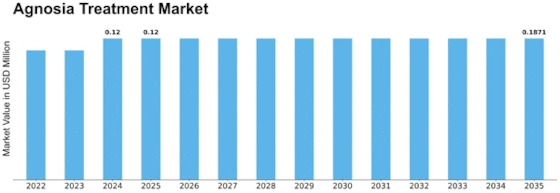

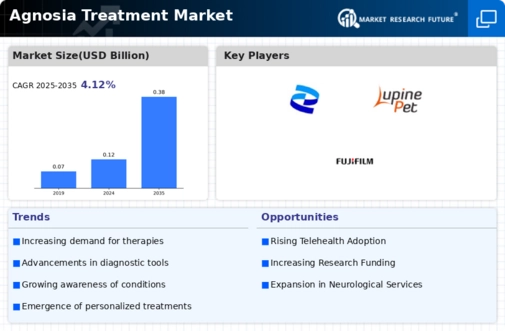

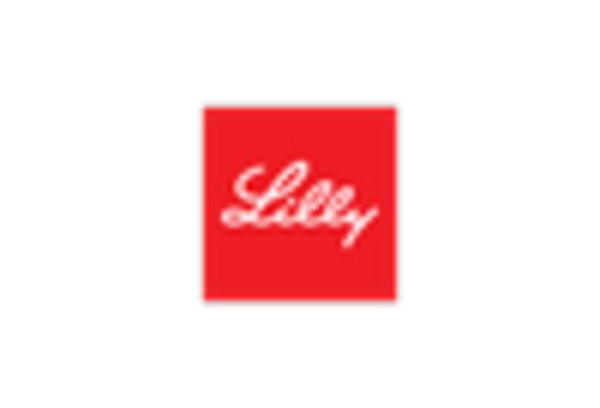


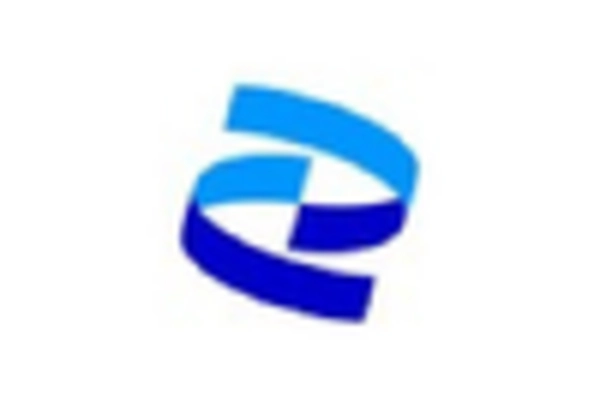
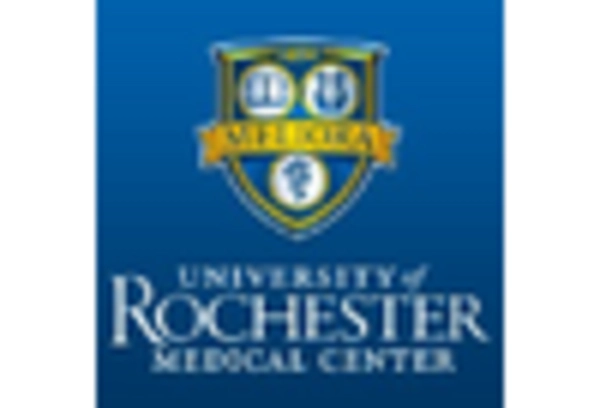









Leave a Comment